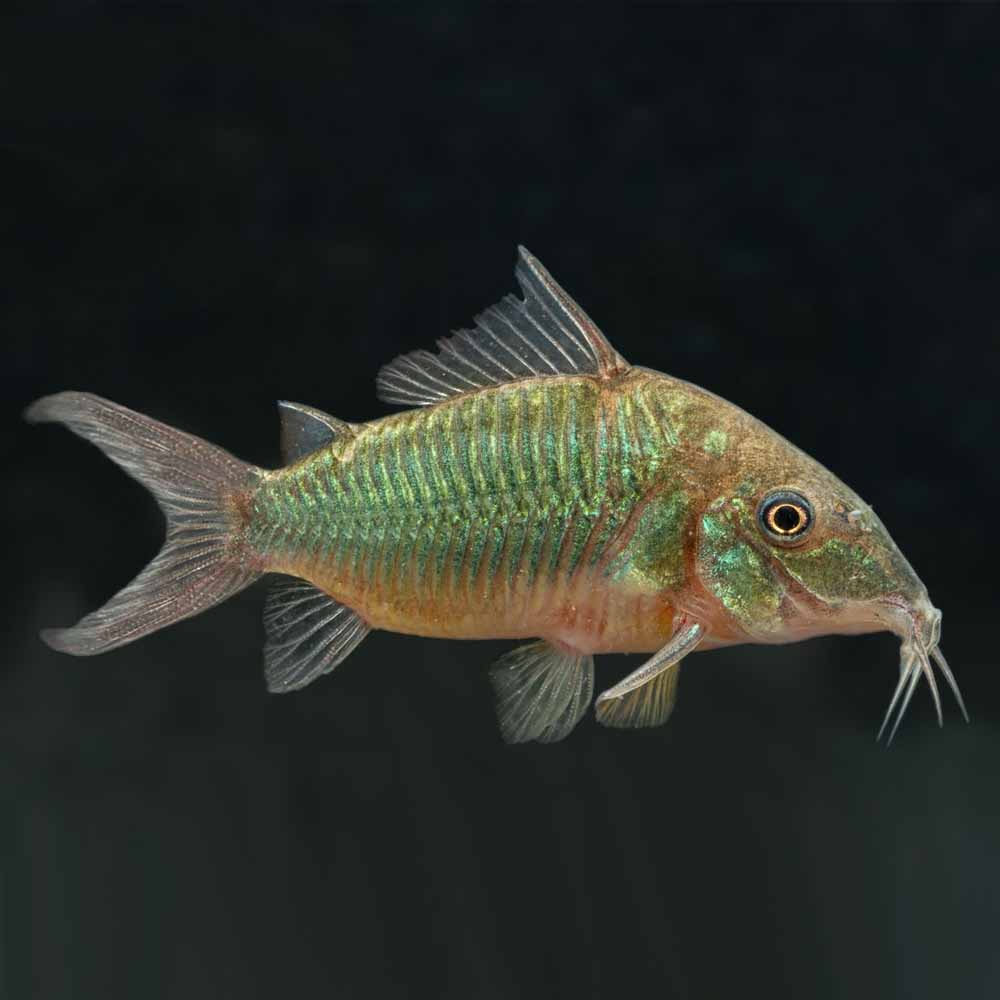Guppy – Poecilia reticulata
Natural Range Guppies are native to South America and the West Indies. Maximum size and longevity Sizes can vary from 3 to 5 cm. Water quality · Temperature: 24°C – 26°C. · pH: 7.0-7.5 · General hardness: 250-300 ppm (if you start to get sick, doubling this dose can help). Guppies need clean, oxygen-rich water, […]
Guppy – Poecilia reticulata Read More »










